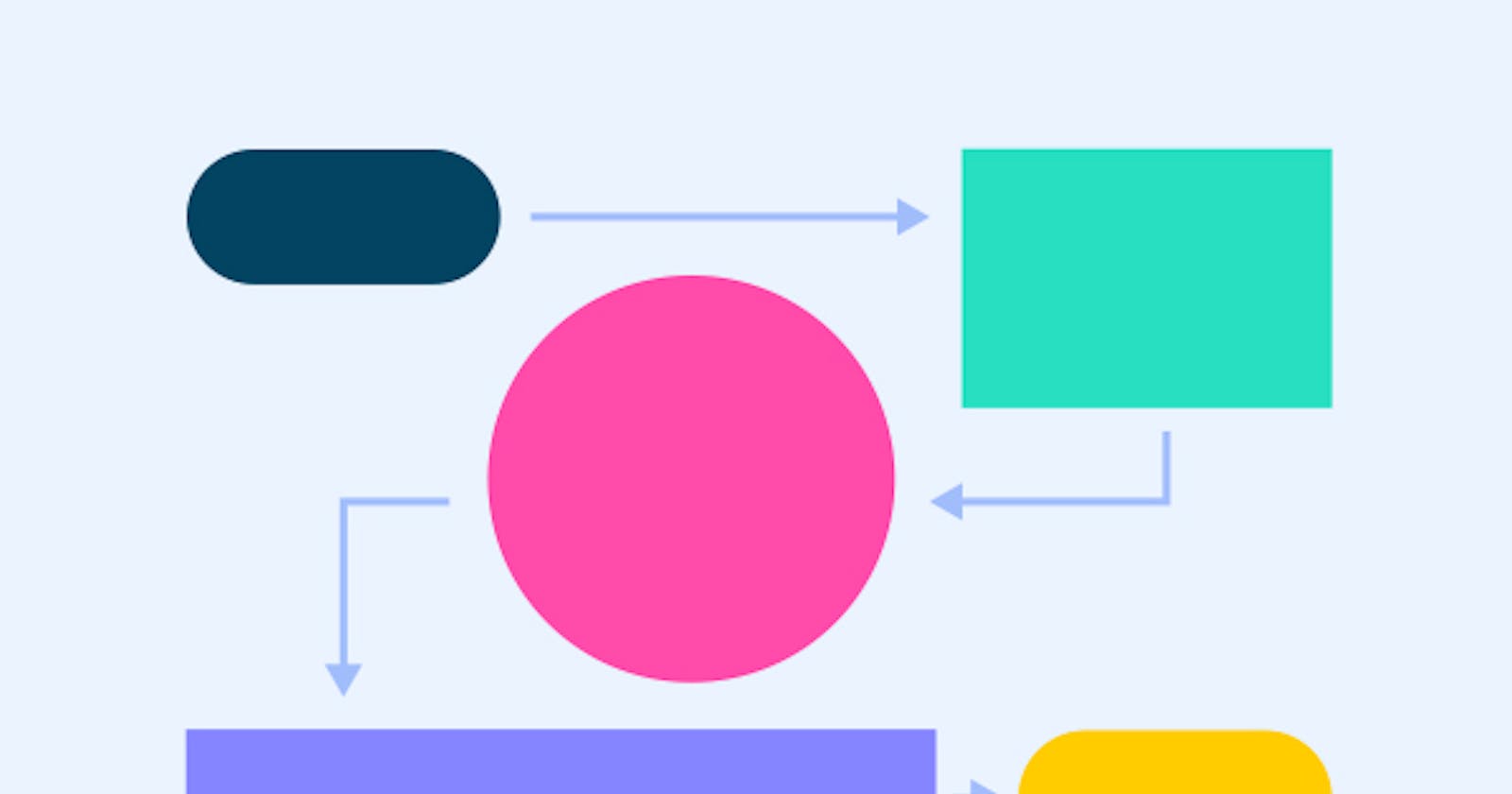Explaining a process or rules on how to do something to someone can be hard work, it's easy for people to misunderstand or miss key steps. Computer programs are built like games with rules that must be followed in a specific order called "flow" and "logic."
The rules are all hidden in the code of computer programs; not everyone can read or write code though. When showing what a computer does using the code is not helpful to those who are not familiar with it, this is where flowcharts come in.
A flowchart chooses a step-by-step process using boxes connected by arrows that indicate the connection of the flow, these arrows are called flow-lines. A flowchart is an excellent tool for explaining how a program works; actions are represented by standard geometrical shapes, making it easy for people to understand what is happening at each stage.
The four main shapes used in programming flowcharts are:-
Elongated circle (representing the start or end of a process),
Rectangle (representing an instruction or action),
Triangle ( represents when decisions are being made),
Parallelogram (indicating input or output).

A flowchart can also have other patterns, but remember that the purpose of a flowchart is communication, so the program can be understood by anyone. If it weren't for these simple diagrams, coding would be difficult for people to understand. it also helps programmers that use different programming languages in coding to understand themselves better.
